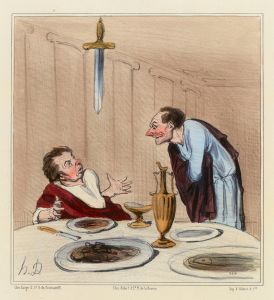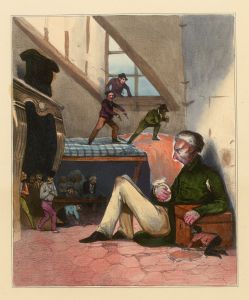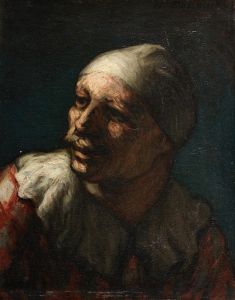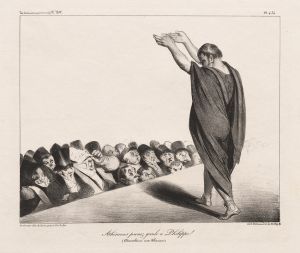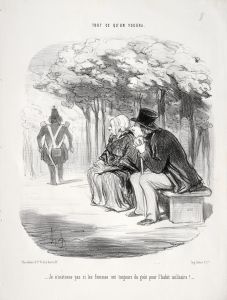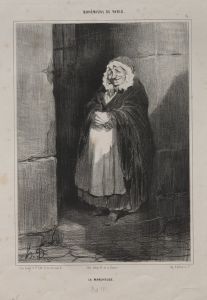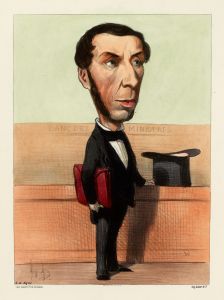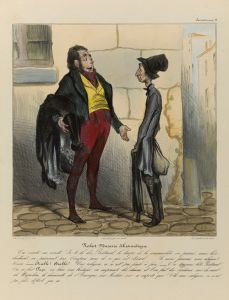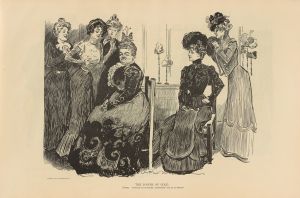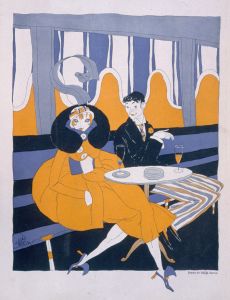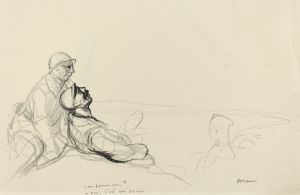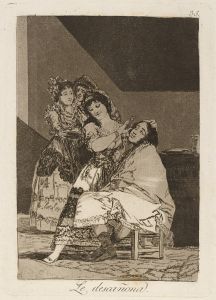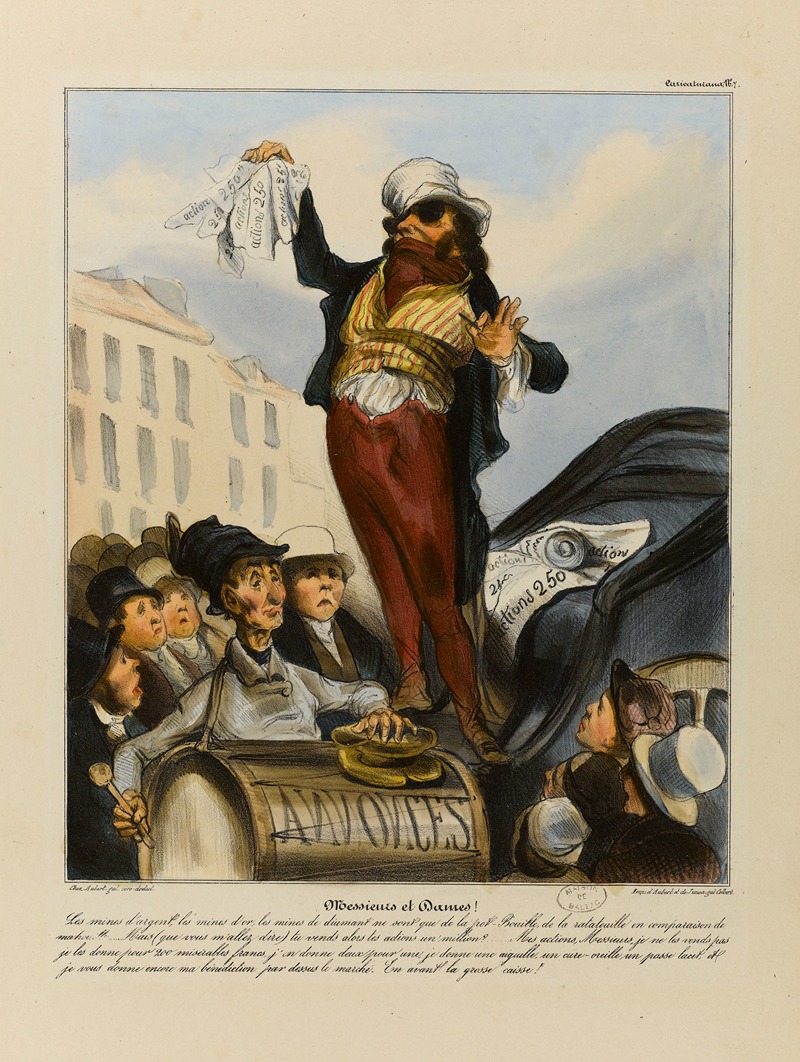
Messieurs et Dames Les mines d’argent, les mines d’or, les mines de diamant ne sont que de la pot-bouille, de la ratat
A hand-painted replica of Honoré Daumier’s masterpiece Messieurs et Dames Les mines d’argent, les mines d’or, les mines de diamant ne sont que de la pot-bouille, de la ratat, meticulously crafted by professional artists to capture the true essence of the original. Each piece is created with museum-quality canvas and rare mineral pigments, carefully painted by experienced artists with delicate brushstrokes and rich, layered colors to perfectly recreate the texture of the original artwork. Unlike machine-printed reproductions, this hand-painted version brings the painting to life, infused with the artist’s emotions and skill in every stroke. Whether for personal collection or home decoration, it instantly elevates the artistic atmosphere of any space.
Honoré Daumier was a prominent French printmaker, caricaturist, painter, and sculptor, known for his incisive social and political commentary through art. One of his works, "Messieurs et Dames Les mines d’argent, les mines d’or, les mines de diamant ne sont que de la pot-bouille, de la ratat," reflects his characteristic style of satire and critique of society. However, specific information about this particular piece is limited, and it is not one of Daumier's most widely recognized works.
Daumier was born in Marseille, France, in 1808 and moved to Paris with his family in 1816. He began his artistic career as a lithographer and became known for his caricatures published in the satirical newspaper "La Caricature" and later in "Le Charivari." His work often targeted the political figures and social issues of his time, particularly during the July Monarchy and the Second French Empire.
Throughout his career, Daumier produced thousands of lithographs, many of which critiqued the bourgeoisie, the legal system, and the government. His ability to capture the essence of his subjects with humor and insight made him a significant figure in the world of caricature and social commentary.
The title "Messieurs et Dames Les mines d’argent, les mines d’or, les mines de diamant ne sont que de la pot-bouille, de la ratat" suggests a critique of the pursuit of wealth and the mining industry, possibly highlighting the futility or the deceptive nature of such endeavors. The phrase "pot-bouille" refers to a simple stew, often used metaphorically to describe something mundane or of little value, while "ratat" could be a playful or dismissive term. This aligns with Daumier's tendency to use humor and satire to convey his messages.
Daumier's work was not limited to lithography; he also painted and sculpted, although these aspects of his oeuvre were less recognized during his lifetime. His paintings often depicted scenes of everyday life and were characterized by their expressive use of color and form. Despite his prolific output, Daumier lived in relative poverty and did not achieve significant financial success during his lifetime.
Today, Daumier is celebrated as a master of caricature and a keen observer of 19th-century French society. His works are held in numerous prestigious collections, including the Louvre in Paris and the Metropolitan Museum of Art in New York. His influence extends beyond his immediate contemporaries, impacting later artists and movements that valued social critique and realism.
In summary, while specific details about "Messieurs et Dames Les mines d’argent, les mines d’or, les mines de diamant ne sont que de la pot-bouille, de la ratat" are scarce, it can be understood within the broader context of Daumier's work as a satirical commentary on societal issues, particularly the pursuit of wealth.





